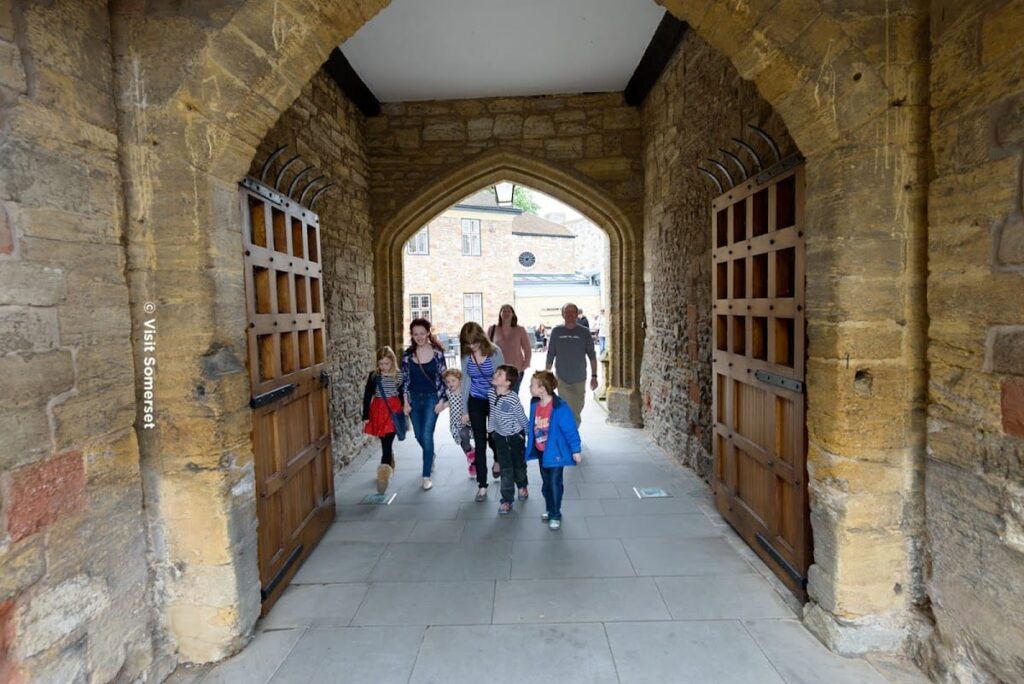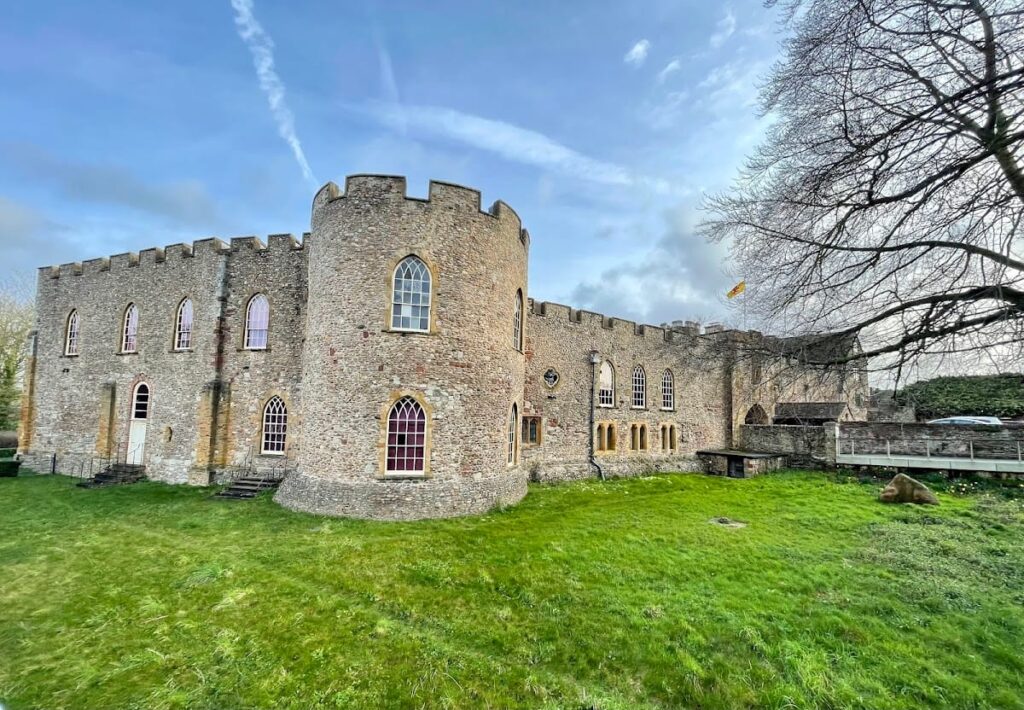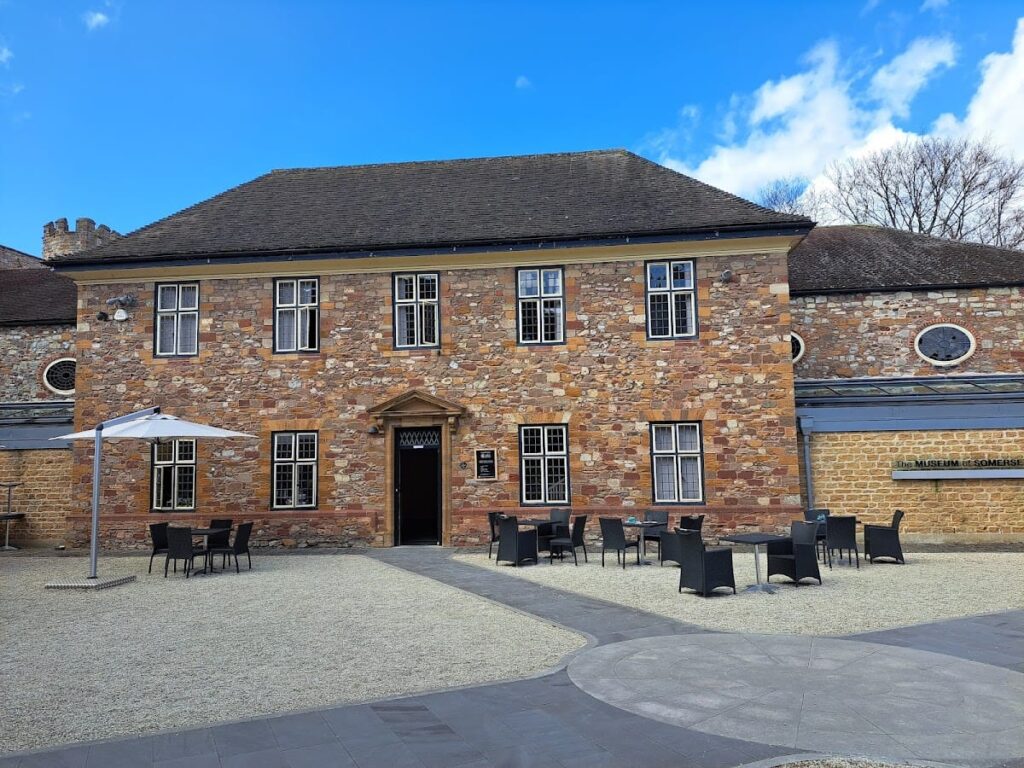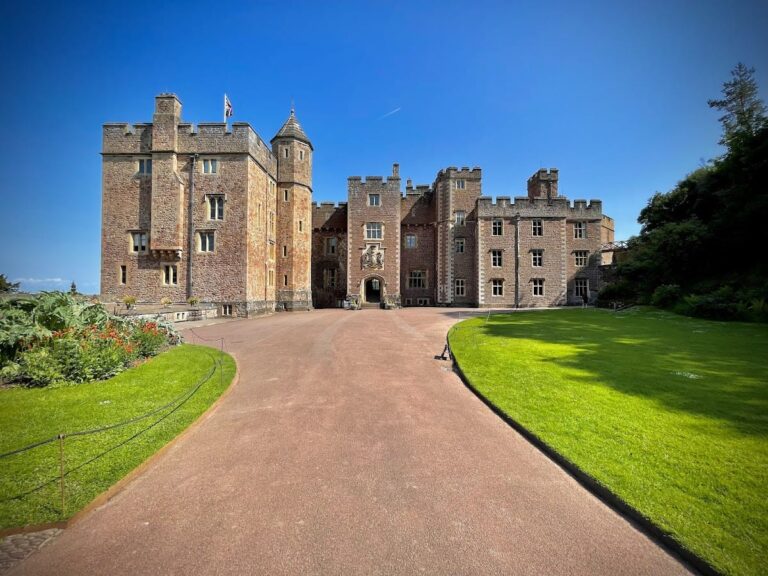Museum of Somerset: Preserving History in Taunton Castle
Visitor Information
Google Rating: 4.7
Popularity: Medium
Google Maps: View on Google Maps
Official Website: swheritage.org.uk
Country: United Kingdom
Civilization: Roman
Remains: Museum
History
The Museum of Somerset is located within Taunton Castle in Taunton, Somerset, England. The castle’s origins date back to the 12th century when the great hall was constructed as part of the medieval fortress. This structure was built during the Norman period, reflecting the architectural style and defensive needs of that era.
In 1874, the Somerset Archaeological and Natural History Society acquired Taunton Castle. The society undertook repairs and refitting of the great hall between 1899 and 1900, transforming it into a museum space to house their growing collections. This marked the beginning of the castle’s role as a cultural and historical repository.
Notable events include a royal visit on 8 May 1987, when Queen Elizabeth II and the Duke of Edinburgh toured the museum. The museum’s collections have grown to include significant archaeological finds, such as the Frome Hoard discovered in 2010, which contains over 52,000 Roman coins. These artifacts highlight the museum’s ongoing role in preserving Somerset’s rich historical heritage.
Remains
Within the castle complex, the Adam Library was constructed in 1908-9 to house the Somerset Archaeological and Natural History Society’s book collection. This addition complements the historic fabric of the site while serving a practical purpose for research and preservation.
Among the museum’s notable archaeological features is the Low Ham Roman Mosaic, recovered from a nearby Roman villa. This mosaic is a fine example of Roman decorative art and is displayed within the museum’s collection.
The Frome Hoard, discovered in 2010 near the town of Frome, consists of 52,503 Roman coins stored inside a ceramic pot measuring 45 centimeters in diameter. The hoard includes the largest known group of coins issued by Carausius, a Roman commander who ruled Britain independently from AD 286 to 293. The coins are preserved and exhibited as part of the museum’s archaeological holdings.
The museum also contains the Bronze Age South Cadbury shield, pottery fragments, fine silver objects, fossils, natural history specimens, toys, dolls, and sculptures. These items reflect the diverse history and culture of Somerset across many periods.
Additionally, the Somerset Military Museum is integrated within the Museum of Somerset. It presents the history of the Somerset Light Infantry and their military campaigns worldwide, adding a military heritage dimension to the site’s collections.
A central feature within the museum is the Tree of Somerset, an oak sculpture carved from wood sourced from the nearby Quantock Hills. This artwork depicts key events in Somerset’s history, symbolizing the region’s cultural and historical roots.










